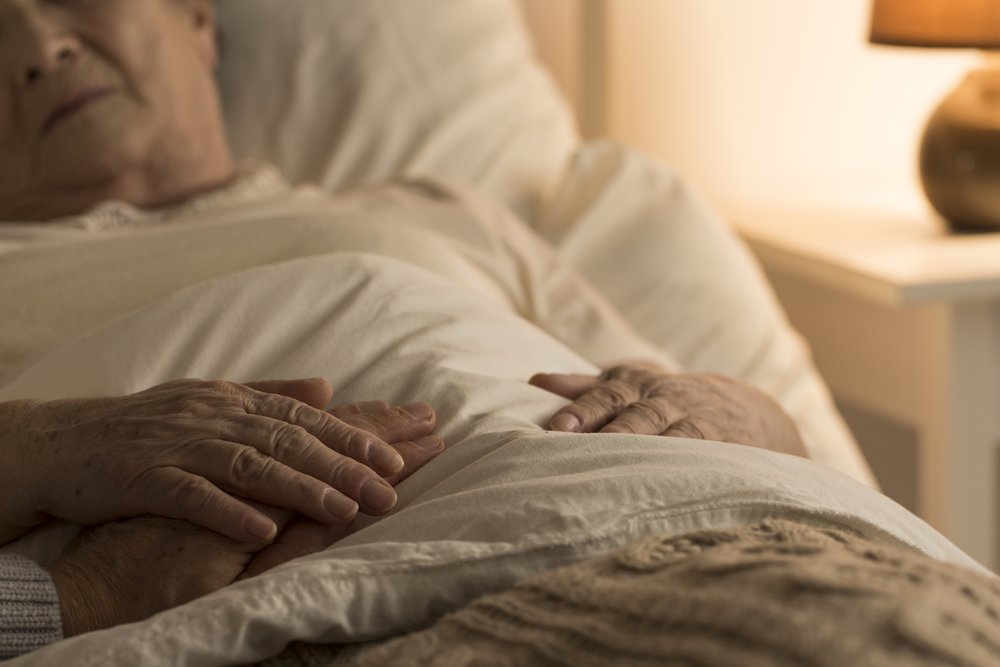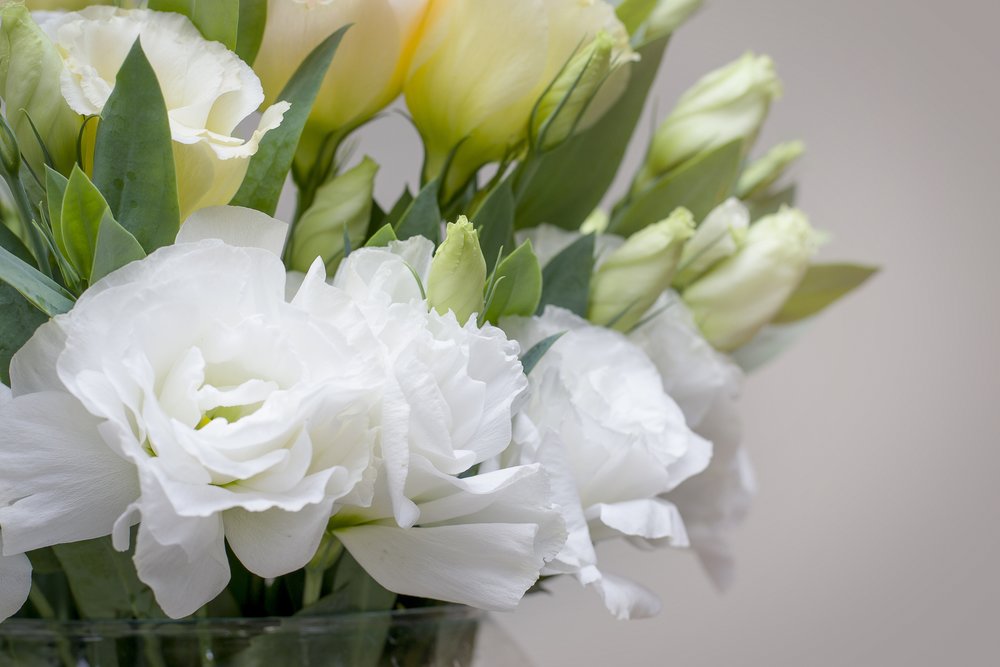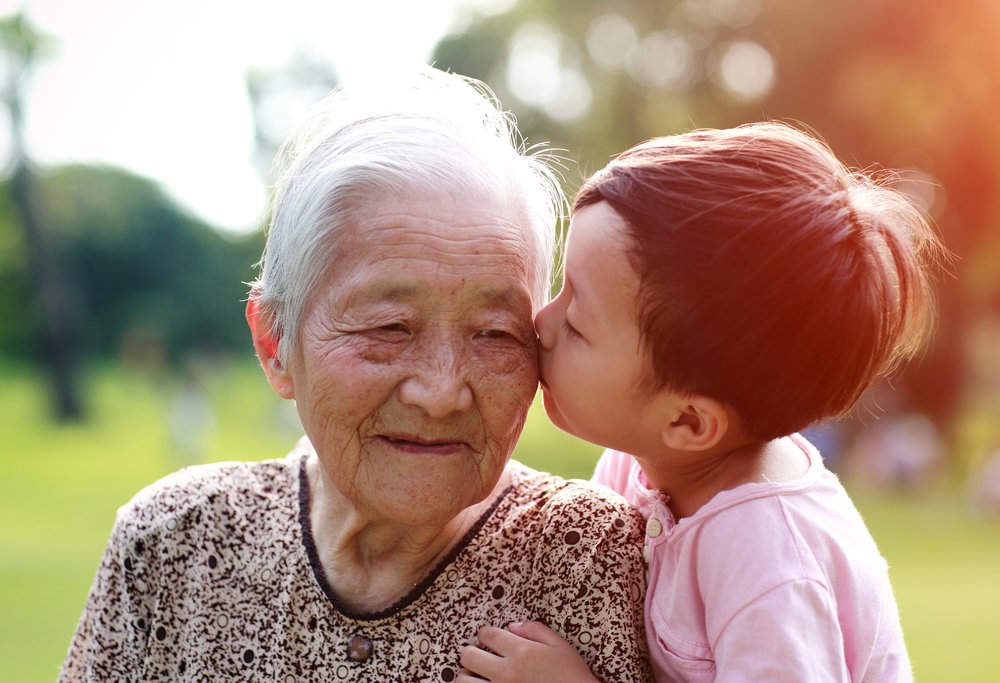
packages

home funerals

infancy & pregnancy loss

kids corner

community education

other services
Reviving a Family Tradition
Until the 19th century, funerals were family, church, and community affairs. The family washed and laid out the body, dressed or draped it, and ordered the coffin from the local carpenter or made it themselves. It was the family who carried the coffin from home to the graveyard, often digging the grave as well.
The expectation that one would die and be cared for at home was such a sure thing that folks even built funeral-friendly elements into their homes. Some early American homes have a coffin door which leads from the parlor directly to the outdoors, built without steps or obstacles and provided an easy means of getting the body out of the house. New England farmhouses usually had coffin windows for the same purpose, and attics would be filled with wide pumpkin boards to be used for coffin building, curing over time until needed.
Family and friends cared for the body and kept it laid out at home for as many days as it took to build, dig, and in some cases, wait for signs of decomposition to ensure no one was being buried alive (a popular fear for many years). Economic resources, immigrant status, and religion all influenced what folks did during the viewing, but vigiling the body was common. Death care was a personal, handcrafted endeavor, and involvement in the process was a demonstration of compassion and emotional investment in town, village or prairie life.
The change from community-led funerals to the use of hired help was a change that rolled out very slowly and unevenly across the US as towns grew into cities, and community gave way to anonymity. Even close friends might not be able take time off from their new city-styled employment to personally assist in the potentially multi-day vigil, funeral and burial.
Despite the rise in professional death care, it is and has always been legal in for families to care for loved ones at home from death until final disposition.
Individuals who wish to take personal responsibility for the transfer of remains of a loved one to a funeral home, crematorium or cemetery can do so. If you are considering the option of a private transfer, there are requirements in place to ensure the handling of the remains are done in a safe, dignified and respectful manner. For more information on this, please visit our FAQ page. If you decide to use a Funeral Home, they will ensure that all the necessary legal and logistical arrangements will be completed on your behalf.
If you would like to revive a family tradition, please contact us to discuss your options.
We thank the National Home Funeral Alliance for sharing this with us.




 Affiliations
Affiliations



